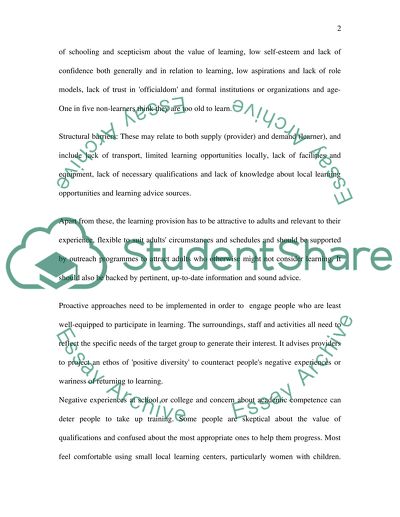Cite this document
(“Barriers to Learning Essay Example | Topics and Well Written Essays - 2750 words”, n.d.)
Retrieved from https://studentshare.org/psychology/1500871-barriers-to-learning-essay
Retrieved from https://studentshare.org/psychology/1500871-barriers-to-learning-essay
(Barriers to Learning Essay Example | Topics and Well Written Essays - 2750 Words)
https://studentshare.org/psychology/1500871-barriers-to-learning-essay.
https://studentshare.org/psychology/1500871-barriers-to-learning-essay.
“Barriers to Learning Essay Example | Topics and Well Written Essays - 2750 Words”, n.d. https://studentshare.org/psychology/1500871-barriers-to-learning-essay.


